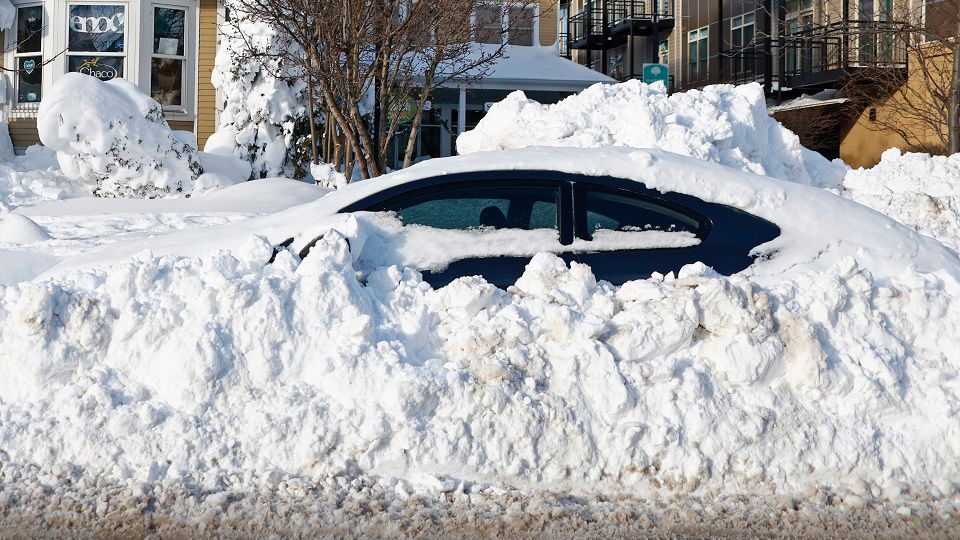In April, the state comptroller's office released an audit finding significant shortcomings in school mental health services statewide, including more than a dozen districts having no mental health services at all. Specifically, between 2018 to 2021.
Of the school districts analyzed, 95% did not meet the recommended ratio of one school social worker for every 250 students. That guidance is from the National Center for School Mental Health and the National Association of School Psychologists.
Wendy Castiglia’s favorite part of her job is working with and helping the kids at her school.
“My biggest role is to help them feel to feel special and to know that there is a place, you know, yet another place in school that they can come to and they are welcomed and people care about them and are unconditionally happy to see them," Wendy, a school counselor, said.
Wendy is also the board president of the New York State School Social Workers’ Association. The New York State Comptroller’s mental health education audit’s findings are no surprise to Wendy. She and her fellow social workers have felt that there are not enough social workers in New York school districts for a long time.
"Our kids really benefit from having a social worker in the building all that they bring with them with their clinical training and their training to look at the child as a whole person, help with the family and help with the resources and help with the child being successful in school," Wendy said.
Wendy attributes the lack of social workers in schools to people not wanting to recognize that children have mental health concerns.
"You know so many of us were raised with the mantra of just get over it you’ll be fine,” Wendy said. “That’s one of the benefits that the pandemic has brought out that yes indeed, something that we have known for a long, long time is that kids do have needs.”
Peggy Barrett is a retired school social worker who works for the Mental Health Advocates of Western New York. She says the role of social workers is to prepare students mentally, socially and academically, to learn.
“When you don’t have enough social workers in the schools and their families it’s... there are many, many barriers to children’s learning," Peggy Barret said.
Wendy agrees, saying it’s a challenge when there’s a lack of social workers. She says you have to make tough choices over which children you can see and which you can’t.
"And sadly there are times when crises come up and the children that rely on you need to wait because you have to handle that crisis, and so it’s a struggle,” Wendy said. “That’s probably the most stressful time of the day, is often having to make those tough choices of who gets your time in that moment.”
To narrow that gap in the recommended ratio of students to social workers and the actual ratio in schools, Wendy says more social workers have to be hired, but there also needs to be support for districts so that they’re able to do that.
“There are many districts that are very small, very rural areas, that it’s a great challenge for them to hire a school social worker,” Wendy said. “And then there’s other districts, very large districts in some of our large cities that have social workers but not enough because they’re looking at huge numbers.”
She says that support needs to come from the state and the state education department.








